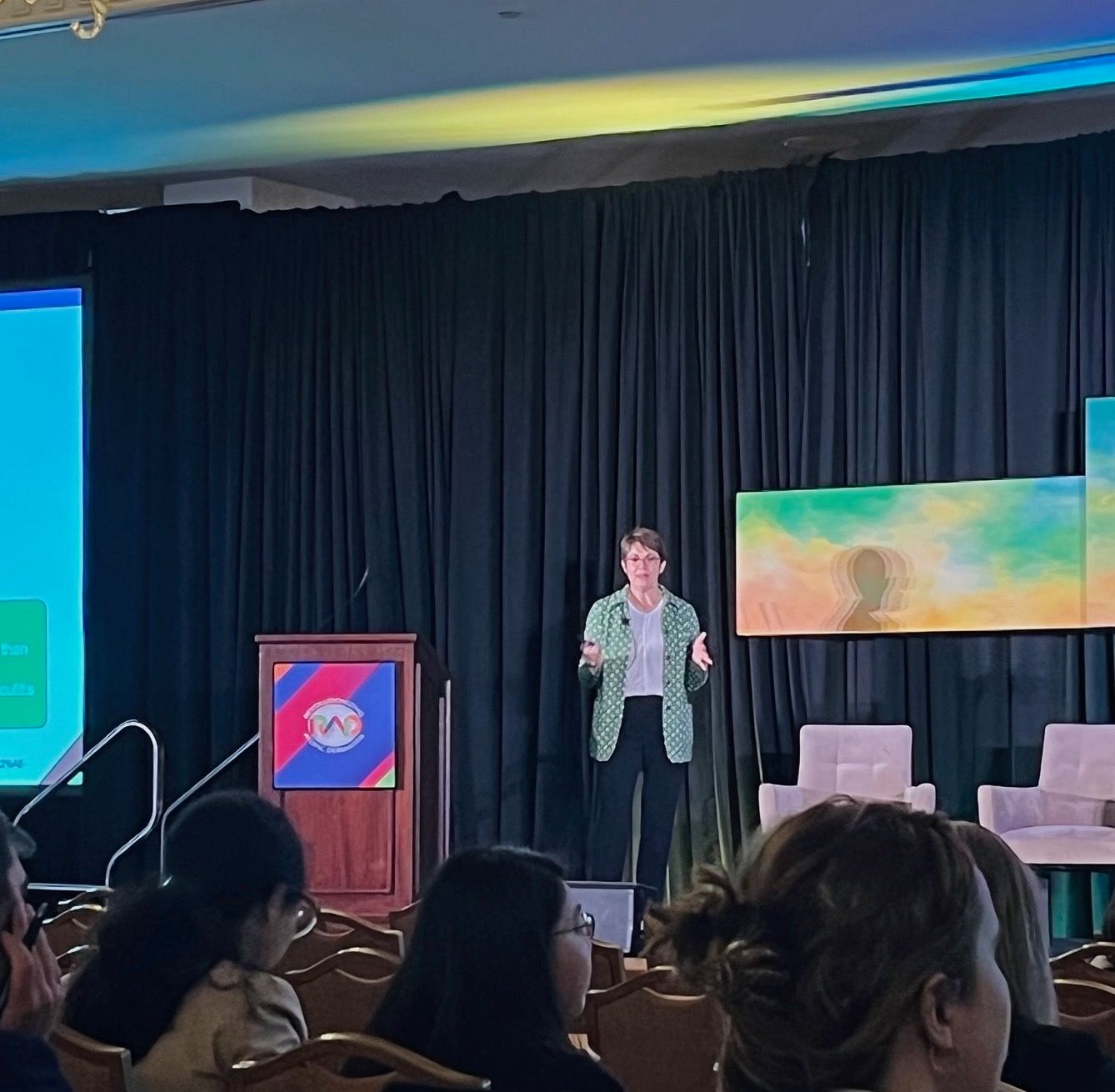Melinda Gooderham, MD, MSc, spoke at the Revolutionizing Atopic Dermatitis (RAD) 2023 Annual Meeting in Washington, DC, on emerging therapies for atopic dermatitis (AD) expected to be approved sometime around this year.
Gooderham is known for her work as an Assistant Professor at Queens University, Consultant Physician at the Peterborough Regional Health Centre, and Medical Director at the SKiN Centre for Dermatology.
Summary of AD Therapies
- In 2023/2024, the new nonsteroidal topicals tapinarof and roflumilast are expected to enter the market for AD, and both show strong efficacy and safety profiles.
- An effective method of AD management is blocking IL-13 and blocking IL-31 is an effective pruritus reduction method, though more data is awaited.
- More nonsteroidal topical treatments and more biologic therapies are set to come to market soon and offer AD patients more treatment options.
At the conference, Gooderham gave a presentation covering emerging therapies in AD, highlighting several different types and noting the clinical data behind each drug. She began by discussing tapinarof 1% cream, an aryl hydrocarbon receptor agonist.
“You may recognize it as VTAMA 1% cream,” she explained. “It’s already approved for plaque psoriasis in adults, and the approval for atopic dermatitis is pending. The studies are ongoing right now.”
Gooderham cited the clinical trial data resulting from ADORING 1 and ADORING 2. She noted that the latter trial showed that half of patients given tapinarof cream reported a response of either clear or almost clear, and a 2-grade improvement from baseline on the Validated Investigator Global Assessment for AD (vIGA-AD) was reported by 8 weeks.
Among non-steroidal treatments, Gooderham pointed out that the topical PDE4 inhibitor roflumilast is pending in its approval for AD specifically, adding that like tapinarof it has been approved for psoriasis.
Gooderham cited trial data from the INTEGUMENT 1 and 2 studies on once-daily roflumilast 0.15%, noting success in the drug’s primary endpoint of vIGA-AD success at 4 weeks and was effective at improving AD over multiple efficacy endpoints and had favorable safety and tolerability.
She then discussed biologic therapies for AD, specifically describing the novel monoclonal antibody and interleukin (IL)-13 inhibitor lebrikizumab, which she stated may be approved in the next year.
Her presentation indicated that lebrikizumab can be used with or without topical corticosteroids (TCS) and calcineurin inhibitors (TCI), with dosing being 250 mg SC every 2 weeks following a 500 mg loading dose.
“So the registrational trials, those two phase 3 identical studies ADvocate 1 and ADvocate 2, were the monotherapy studies in patients with moderate-to-severe AD,” she explained. “And then we have the ADhere study; similar design, similar population of patients were given topical corticosteroids…so that’s our combination TCS study.”
Lastly, Gooderham described the upcoming approval of the first-in-class monoclonal antibody and IL-31 receptor alpha antagonist known as nemolizumab. The dosing for the drug was noted as being 30 mg every 4 weeks.
The studies cited by Gooderham in the presentation included a phase 3 trial in Japan on AD patients with moderate-to-severe pruritus and the ARCADIA 1 and 2 trials (and their extension trial) on moderate-to-severe AD.
“It does have 1 approval globally in Japan, and it is approved for the itch associated with atopic dermatitis, but not with atopic dermatitis per se,” she explained. “The dosing in Japan is actually 16 mg every 4 weeks in the Japanese study that I mentioned. In the phase 3 studies that were done globally, it’s actually a 30 mg dose that was used.”
She compared the data from the Japanese study to the ARCADIA registrational studies and their open-label extension, noting that there is early itch improvement in each one which may encourage adherence in patients.
Over 60% of adverse events were also found to be mild in the Japanese study, and Gooderham added that no reports of asthma were reported in the Japanese study as well.
“It’s really nice to tell patients ‘I hear you, I know you’re suffering,’ and that we have some new treatments that don’t involve steroids,” she said. “And I think that’s really so key…tapinarof, roflumilast, probably not within 2023 but maybe early 2024 we’ll see those. This year, lebrikizumab…and then keep your ears and eyes open for nemolizumab data.”
To learn more about new and emerging AD therapies, view the HCPLive conference coverage webpage.
Quotes contained here from Gooderham's presentation were edited for clarity.
